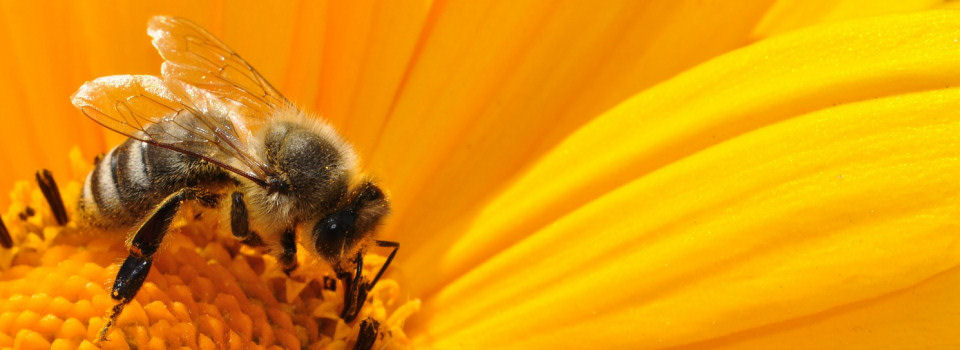“Caterpillars transfer more energy from plants to other animals than any other type of creature.”
-Doug Tallamy
If we are inviting butterflies into our gardens we need to accommodate and encourage caterpillars. As we all know, caterpillars are the larval stage of butterflies and moths. Some of us tend to look at caterpillars as pests but if we want butterflies, birds, lizards, and other wildlife we need to reconsider. If we have already managed to bring our gardens into balance, any large number of caterpillars will likely become food for birds, lizards and other wildlife in your garden.
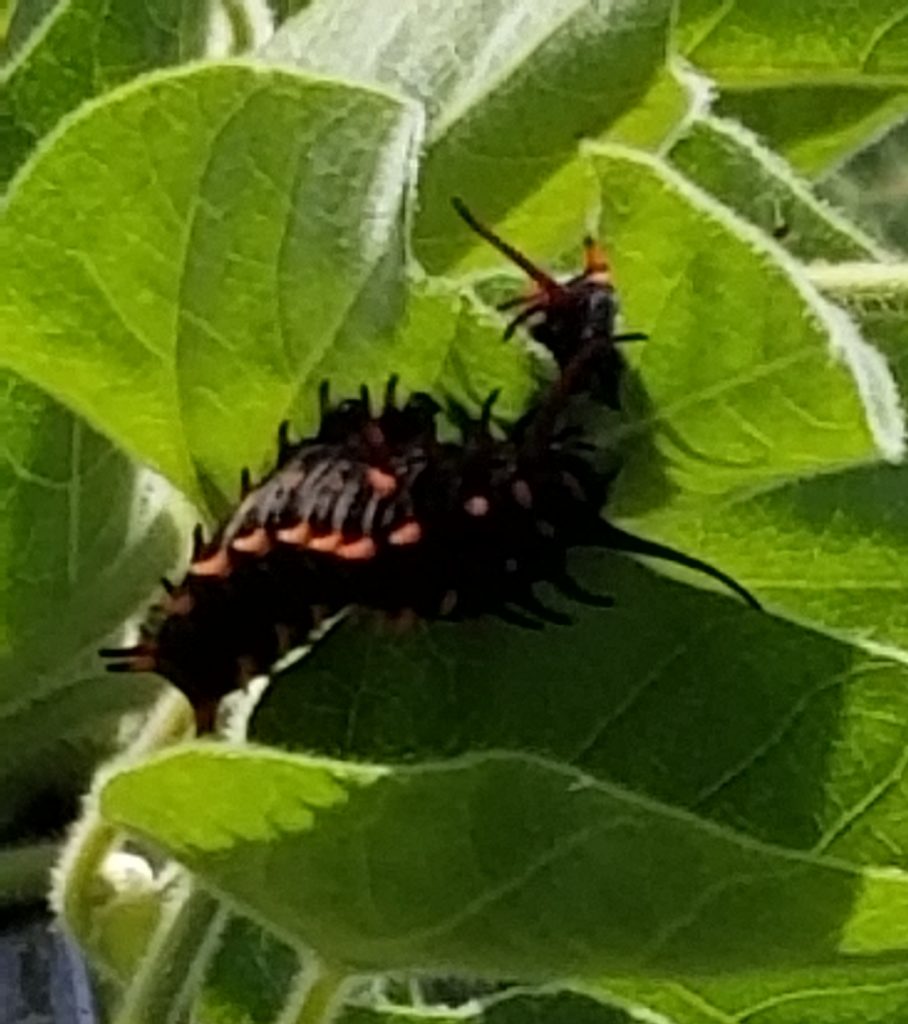
My interest in caterpillars and their host plants was the desire to have butterflies in my garden. The most popular butterfly is the Monarch. I've have been unlucky finding and keeping milkweed in my yard (I will continue my quest). I have had a few visits by a Monarch stopping by for nectar on Tithonia (Mexican sunflower). However a California Dutchman's Pipe Vine (Aristolochia californica) has thrived and I have had visits and a couple of broods of California pipe vine swallowtail butterflies. Though these are the more flamboyant butterflies, I welcome all butterflies and moths to my garden.
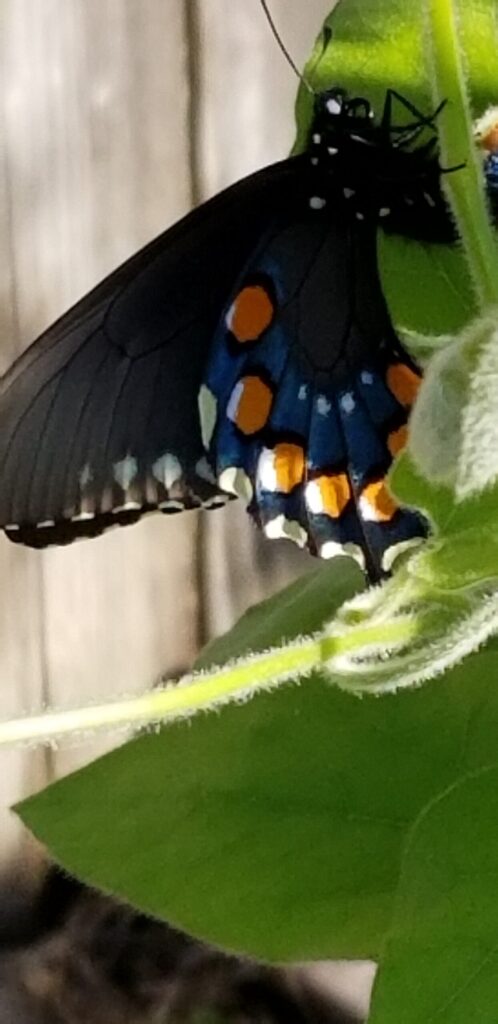
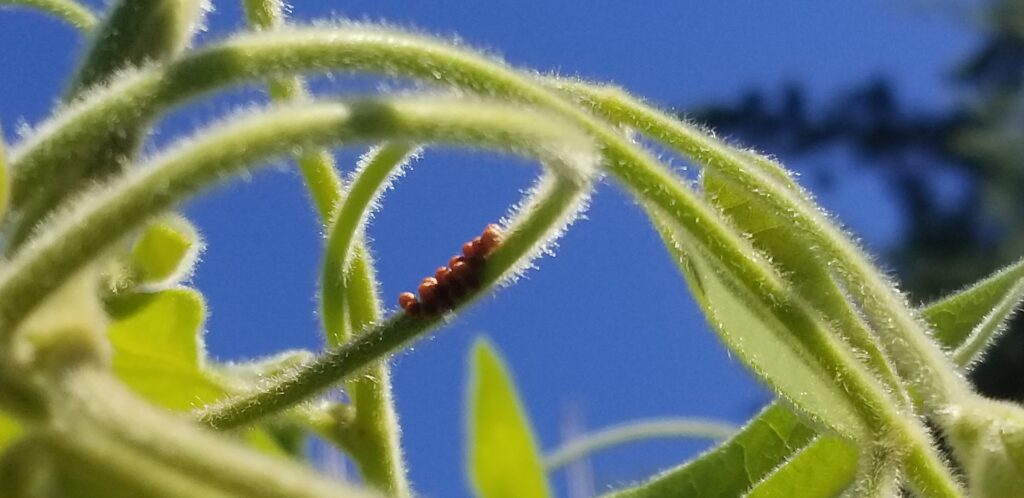
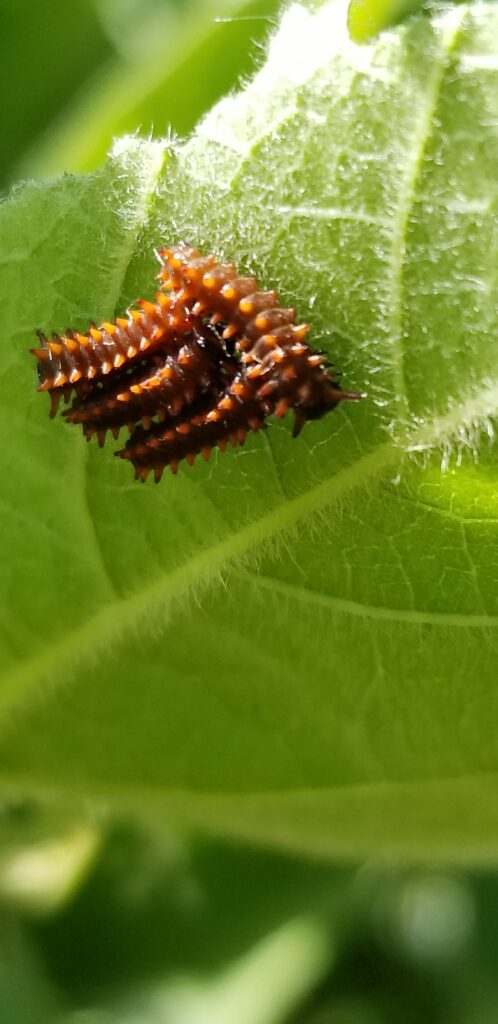
Caterpillars provide food for birds and other wildlife in your garden. One study found that it may take up to five thousand caterpillars to raise one brood of songbirds. Seed eating birds as well as birds that eat insects feed their hatchlings caterpillars which are soft bodied and nutritious. To see how many caterpillars plants in your garden can support go to https://www.nwf.org/NativePlantFinder/Plants at the National Wildlife Foundation and put in your zip code. You can click on your plant of interest and see a listing of the butterflies and moths species that utilize them as host plants. In my area Willow trees can support 328 species and Oaks can support 275 species! Lupine at 74 species and sunflowers at 58 species seem worth while to add to your garden. By the way the Garden for Wildlife web site tells us that the Butterfly Bush, a non native plant, doesn't support caterpillars here and can be invasive in open areas.
Once you have identified and provided supportive host and nectar plants, there are other ways to support caterpillars. One way is to avoid pesticides in your garden and avoid purchasing plants that have been treated with neonicotinoid insecticides. Since some caterpillars hide out during the day and over winter in leaf litter, allow some areas in your garden for leaf litter to remain on the ground. Don't be too hasty to clean up for winter as many invertebrates overwinter in standing plant material or fallen leaves and wait until late spring if you can.
"There are so many animals that live in leaves: spiders, snails, worms, beetles, millipedes, mites, and more—that support the chipmunks, turtles, birds, and amphibians that rely on these insects for food."
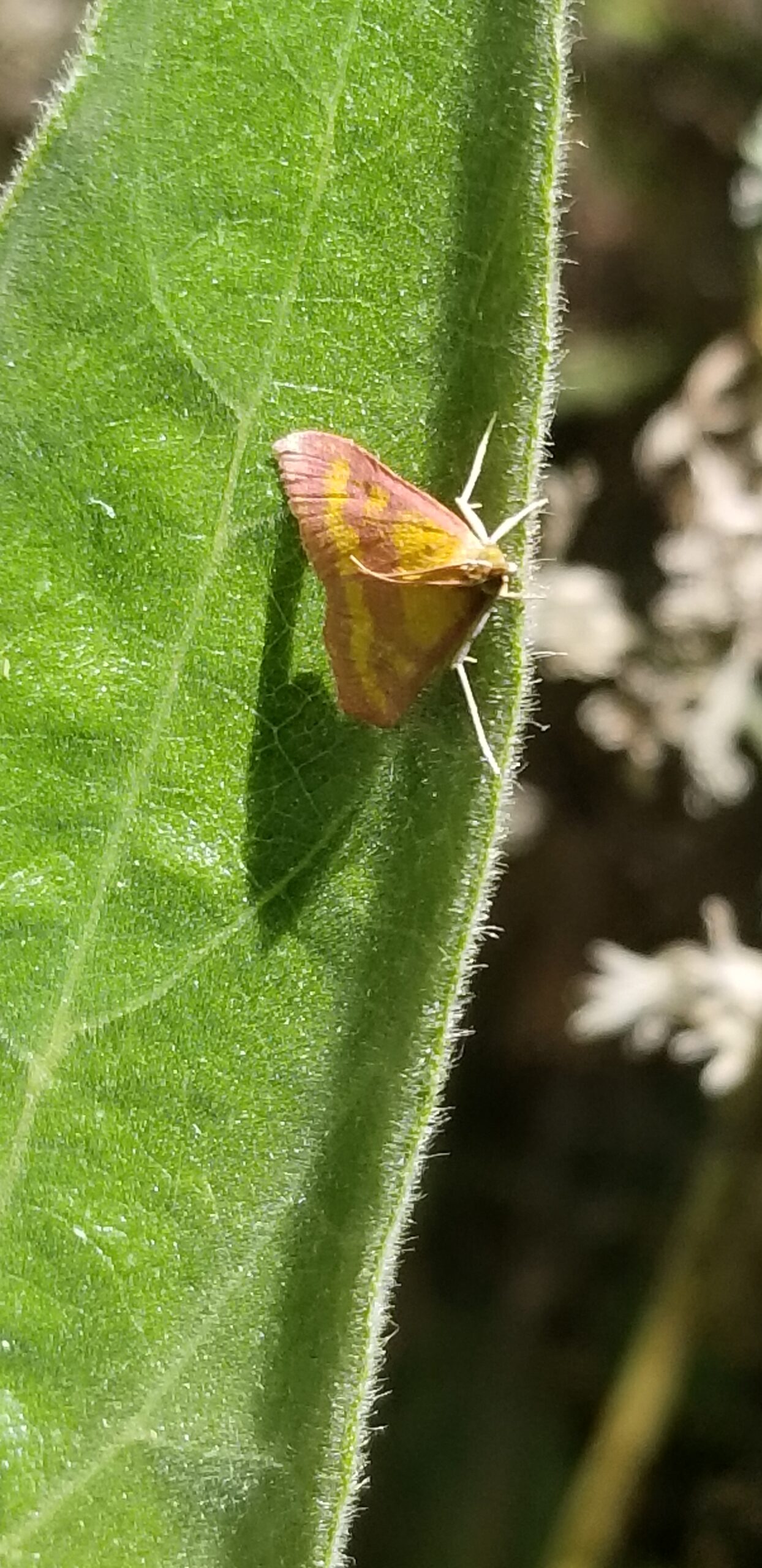
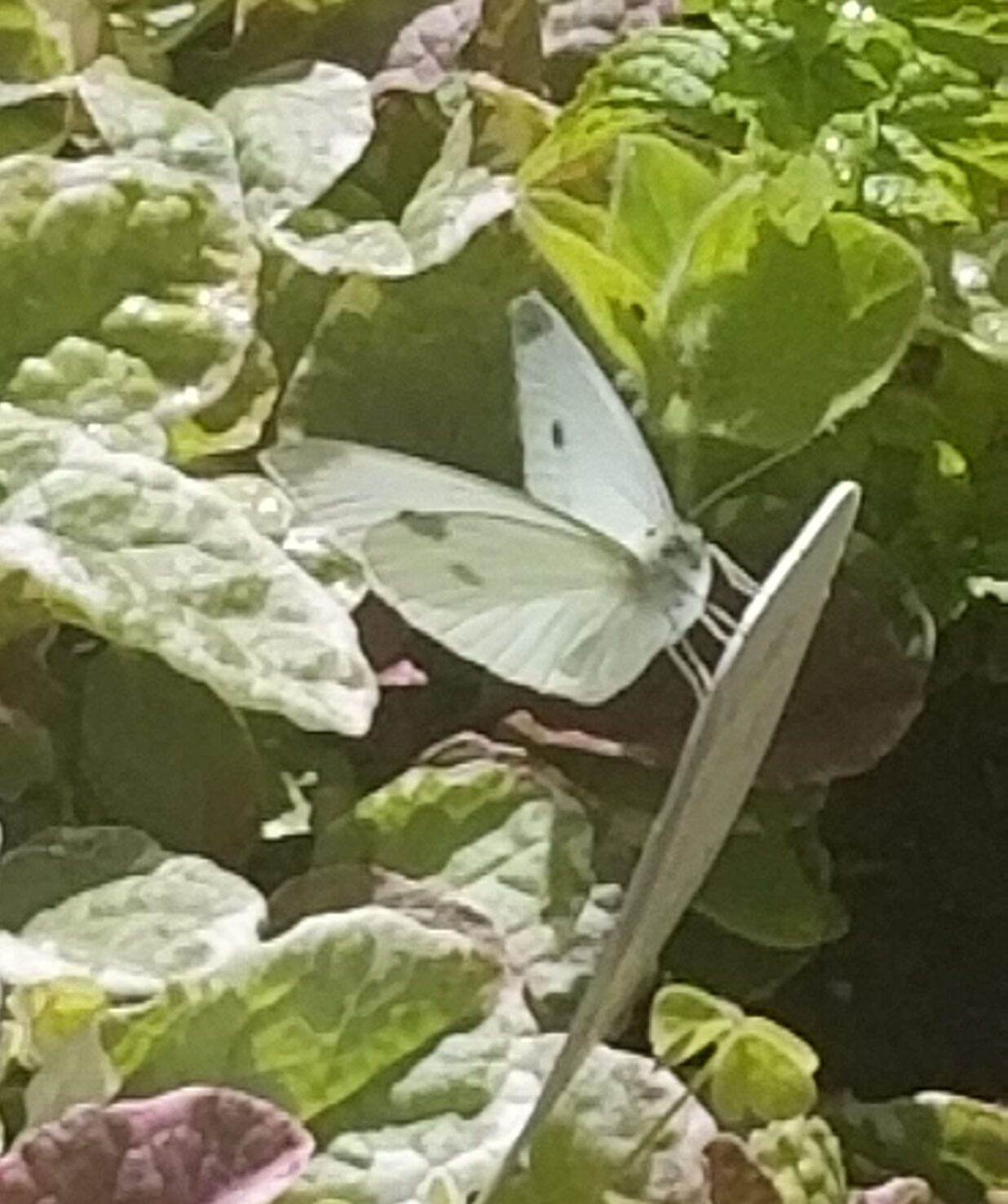
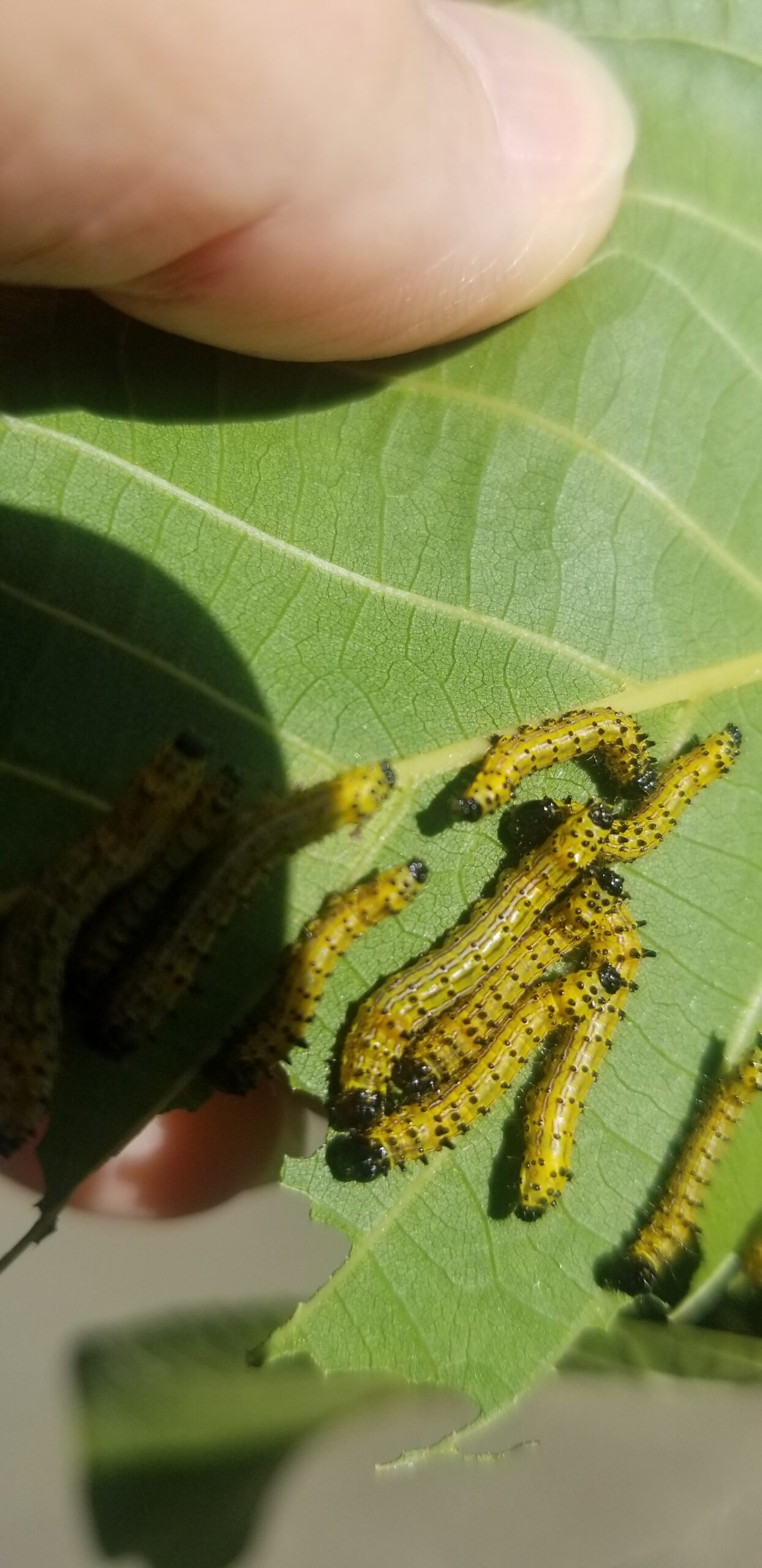
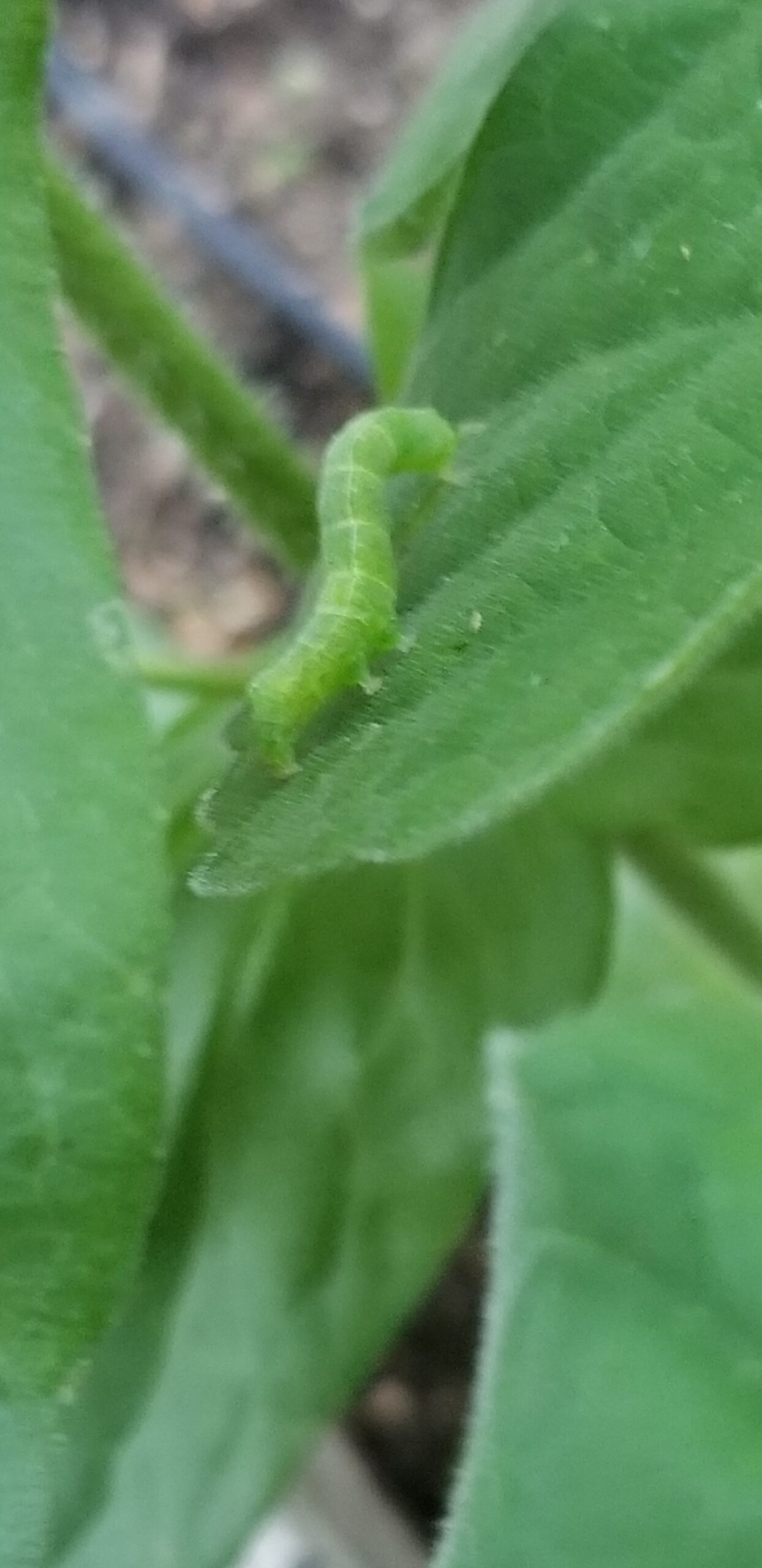
Wild Farm Alliance (WFA) Beneficial Bird Habitat Assessment and Native Plant Tool https.//ucanr.edu/sites/scmg/files/372453.pdf
